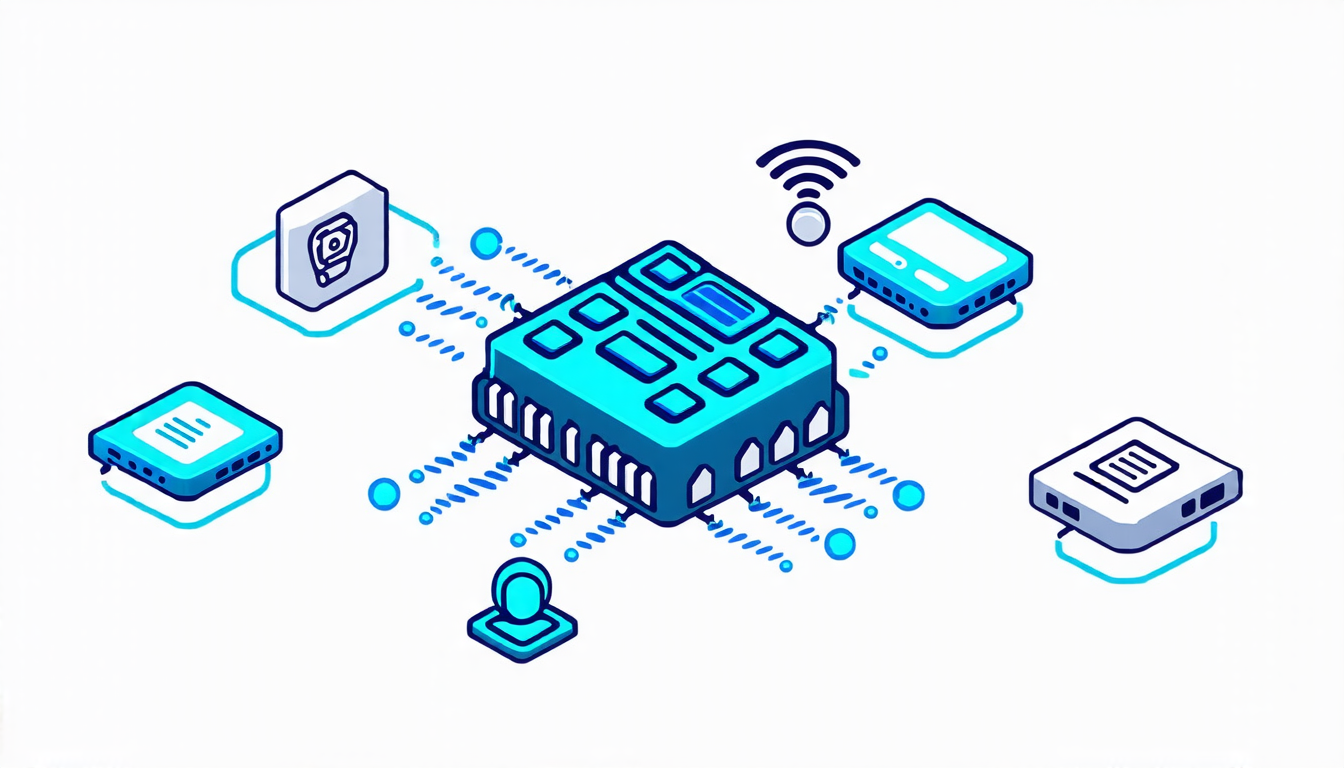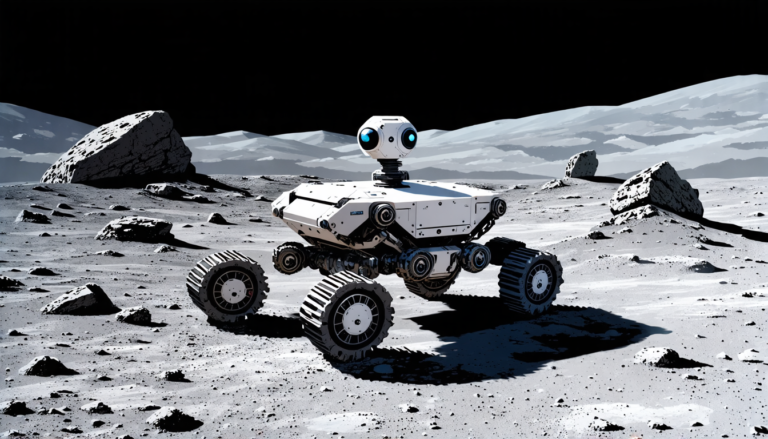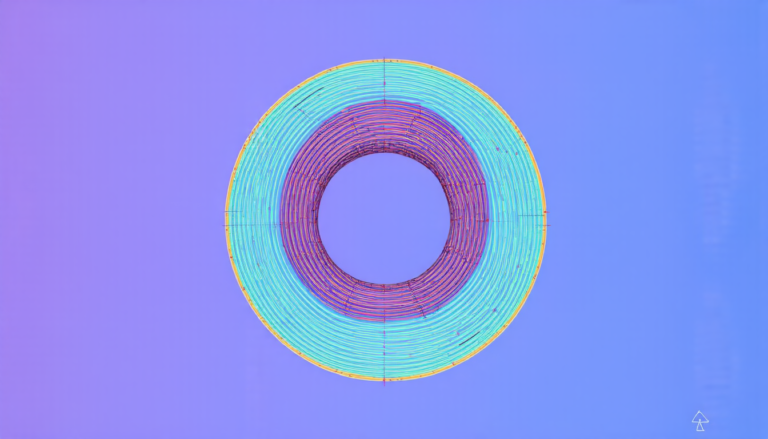Friday 25 July 2025
The quest for better wireless communication has led researchers down a path of innovation, and their latest discovery may just revolutionize the way we think about relay networks. In a recent study, scientists have proposed a novel approach to selecting relays in buffer-aided cooperative networks equipped with energy storage.
Buffer-aided cooperative networks are designed to improve performance by allowing relays to store data temporarily before forwarding it to its destination. This setup has shown significant improvements over traditional relay networks, but adding energy storage to the mix takes things to a whole new level.
The problem lies in the complexity of choosing the right relay for transmission while also considering the availability of energy at each node. In this study, researchers have developed a novel method for setting link priorities based on system states, taking into account both data buffers and energy storage.
To test their theory, the team simulated various scenarios using different parameters such as buffer sizes, energy storage capacities, and channel strengths. The results were striking – the proposed algorithm consistently outperformed baseline approaches across the board, achieving full diversity in relay selection with energy storage.
The impact of this discovery is significant. By allowing relays to adapt to changing system states, buffer-aided cooperative networks can now handle more complex scenarios, such as varying channel conditions and node energies. This flexibility will be crucial as wireless communication continues to evolve and become an integral part of our daily lives.
One key takeaway from this study is the importance of considering both data buffers and energy storage when designing relay networks. In the past, researchers have focused primarily on either aspect, but it’s clear that a holistic approach is necessary for optimal performance.
The researchers also highlight the potential benefits of their algorithm in real-world applications. With its ability to adapt to changing system states, this method could be used in a variety of scenarios, from IoT devices to wireless sensor networks.
As we continue to push the boundaries of what’s possible with wireless communication, innovations like this one will play a critical role in shaping the future of our connected world.
Cite this article: “Adaptive Relay Selection for Buffer-Aided Cooperative Networks with Energy Storage”, The Science Archive, 2025.
Wireless Communication, Relay Networks, Buffer-Aided Cooperative Networks, Energy Storage, Link Priorities, System States, Data Buffers, Channel Strengths, Node Energies, Iot Devices







